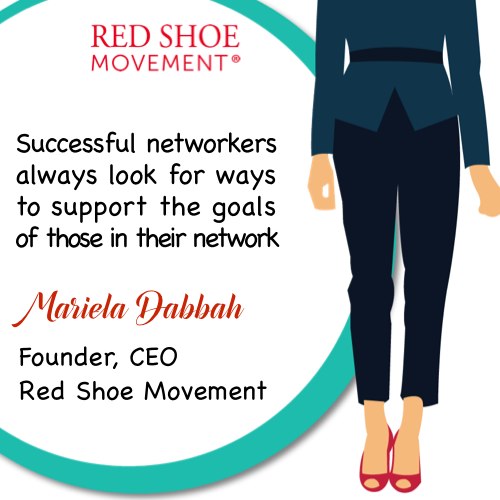Qualities of successful female leaders
Whenever the question comes up of what are the most common qualities of a leader research seems to agree with one particular trait: Internal locus of control. In other words, most successful female leaders share the notion that they can exert control over their circumstances rather than being controlled by them. Much like their male counterparts, these female leaders feel they can make decisions to affect their environment and change what they don’t like in order to move forward with their vision.

To me, that sense of internal control goes hand in hand with trusting yourself instead of relying on others to make decisions for you. Unfortunately, many women were raised to rely on others rather than trusting themselves. Let me explain.
Turning on the Executive Leadership Switch
Children naturally place all their trust in their parents to make decisions. But as children grow up and become adults, that trust should be transferred internally so they can make their own decisions that align with what’s best for them. Many women never develop that sense of self trust to make decisions, most likely because they have traditionally moved from their parents’ home to a husband’s or partner’s home without developing the independence to trust themselves. They keep on seeking permission or approval from someone else before they make up their minds. So it seems that, although women may become independent from their parents as they move away, they frequently may not become completely autonomous. They may not be exercising their decision-making skills as much as needed in order to graduate to executive leadership positions at work.
There are probably more, but I remember very clearly two occasions when I transferred the responsibility for making a decision to someone else. First, when I was trying to get divorced and kept hoping that my husband would give me permission to do it. It took me several years to recognize that he didn’t agree with me, and he would never make that decision for me. It was I who needed to make the decision, take the risk, and face the consequences.
The second was when I was about to publish the Spanish edition of my latest book Find Your Inner Red Shoes, and my publisher sent me a series of unappealing cover options. I kept asking for something more powerful, more in line with the topic of the book, and hoping that he would decide on a cover that I could live with. My agent (another man) even warned me that were I to suggest exactly what the cover should look like I would carry the responsibility if the book didn’t sell well.
And here’s where we reach the crux of the problem. When you make decisions, you have to face the consequences of the decisions you make. That’s exactly what executive leadership is all about. Unfortunately, many women have not shaken off their childhood fear of these consequences. But as long as women seek permission from others who they trust more than themselves, as long as they expect others to make the decisions for them, they will continue to live in the past. They will continue to be dragged down by old mandates that subconsciously interfere with their career growth.
How to Turn Your Managers into Female Leaders?
By helping women locate and turn on their executive leadership switch you can shine a light on the path away from the past and into the future. It’s about making visible what’s under the surface by naming it and openly discussing the effect that not trusting yourself to know what’s best for you will have on your career.

A great way to elicit internal trust is to celebrate autonomous decision making in your employees. By resisting punishment of calculated risk-taking, you can send a strong message that this kind of behavior is welcome. Invite your female managers and high potentials to embrace their autonomy and feel comfortable with making their own decisions without having to check with their supervisors every step of the way. Encourage them to trust themselves to know what’s best for their teams and for your business, and you’ll see how fast a new group of female leaders emerges from the shadows of fear.








































































































































































































































































































































































